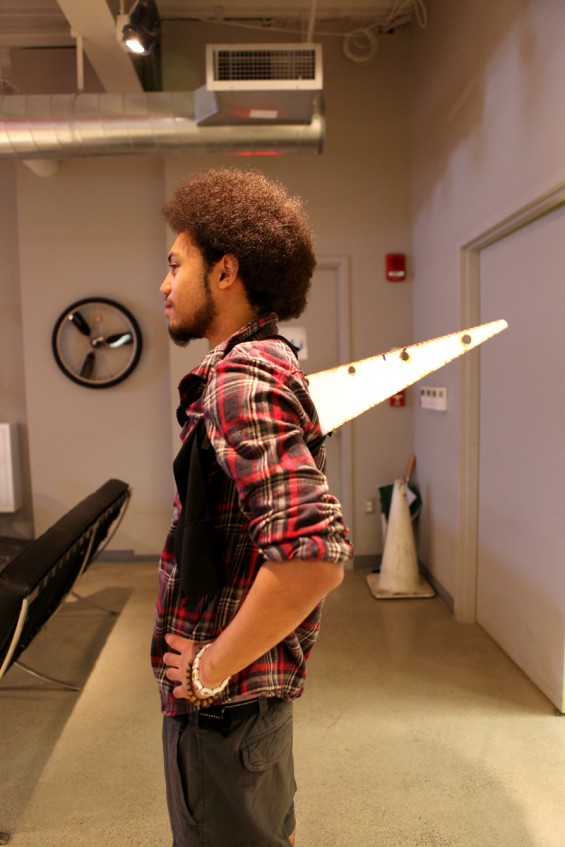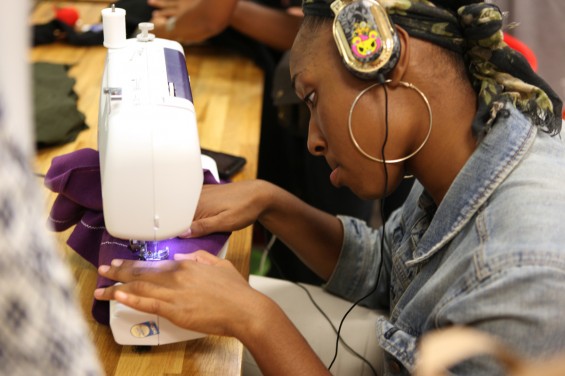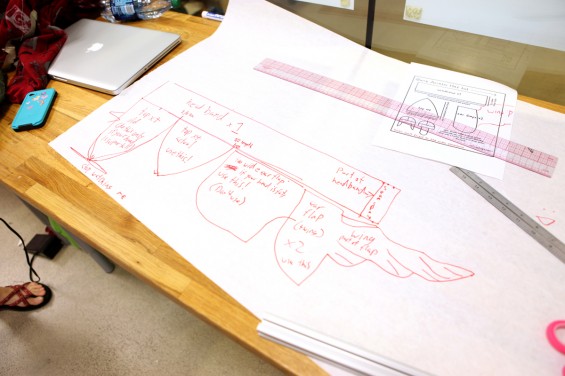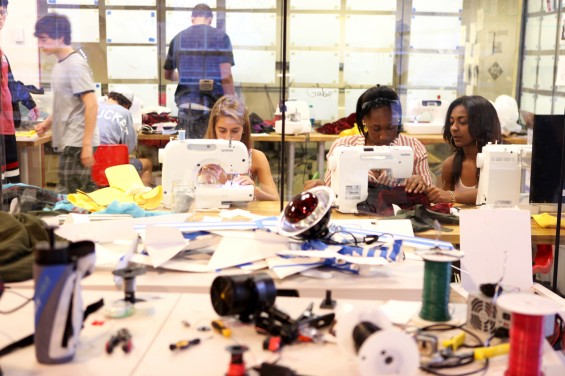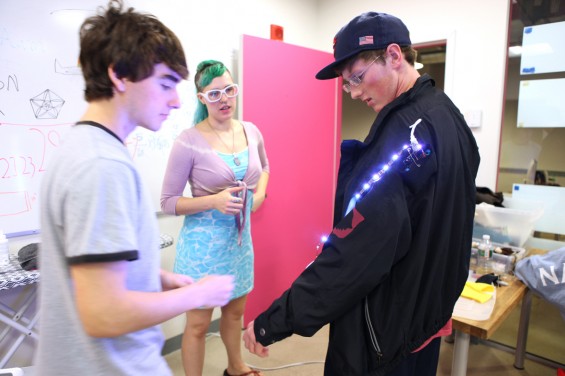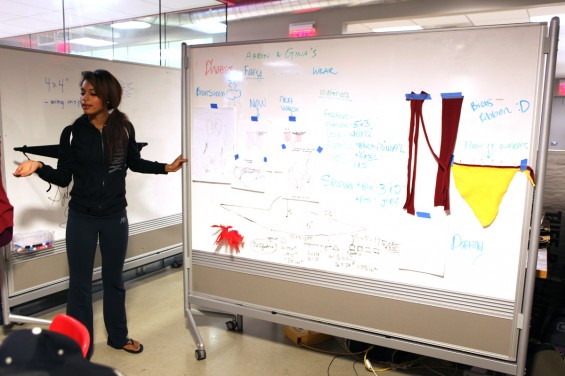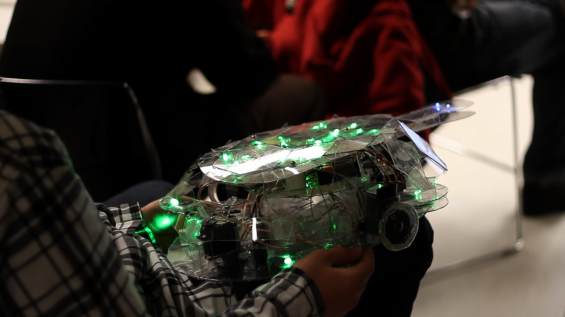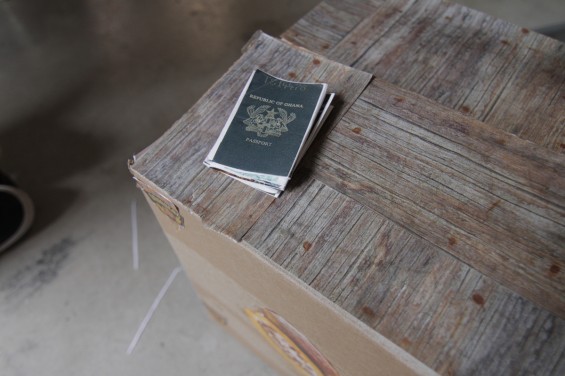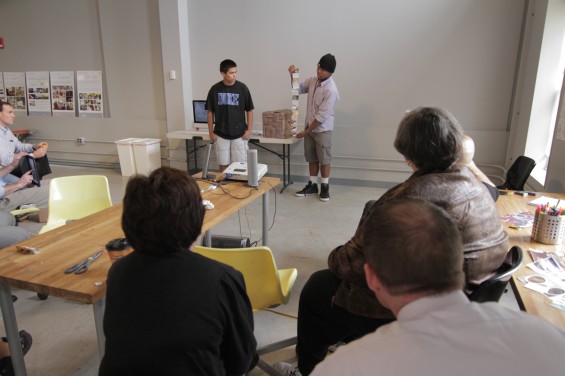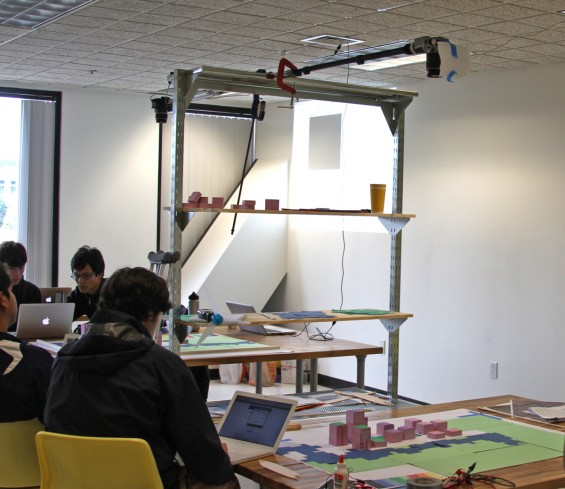
Here is the interface of the software:
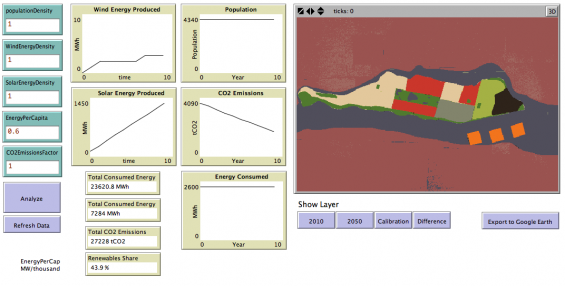
Images and the analysis can be easily imported to Google Earth.
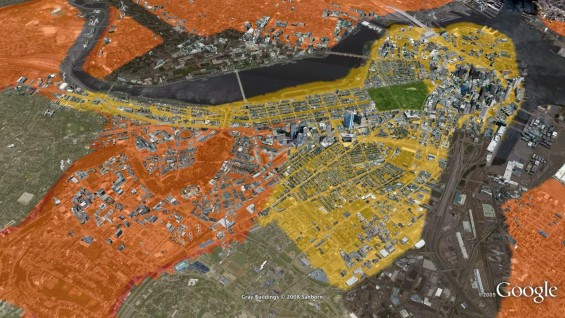




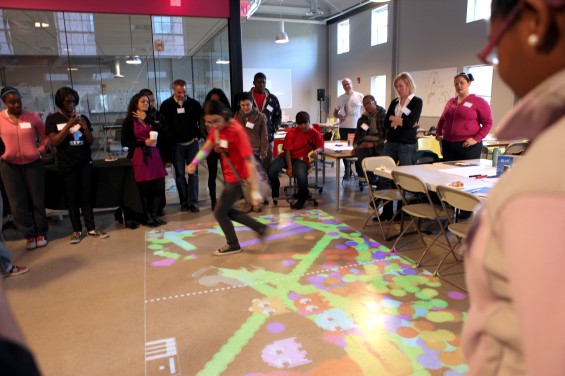
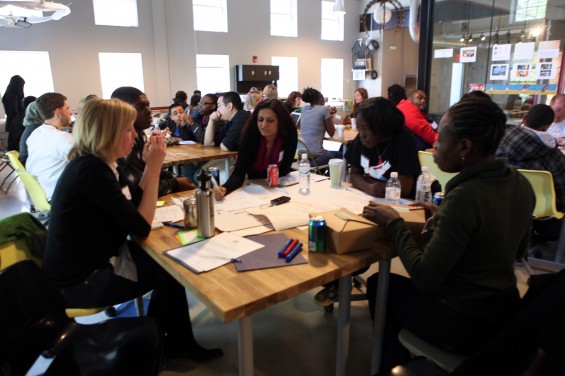
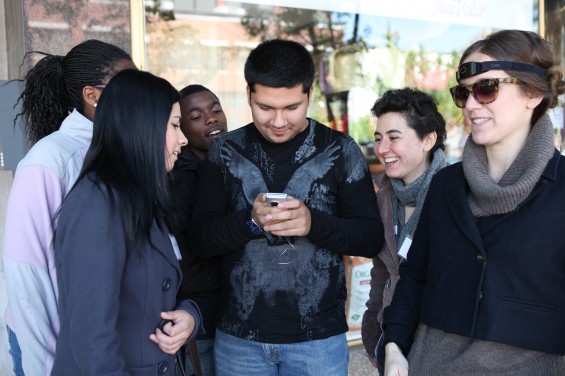
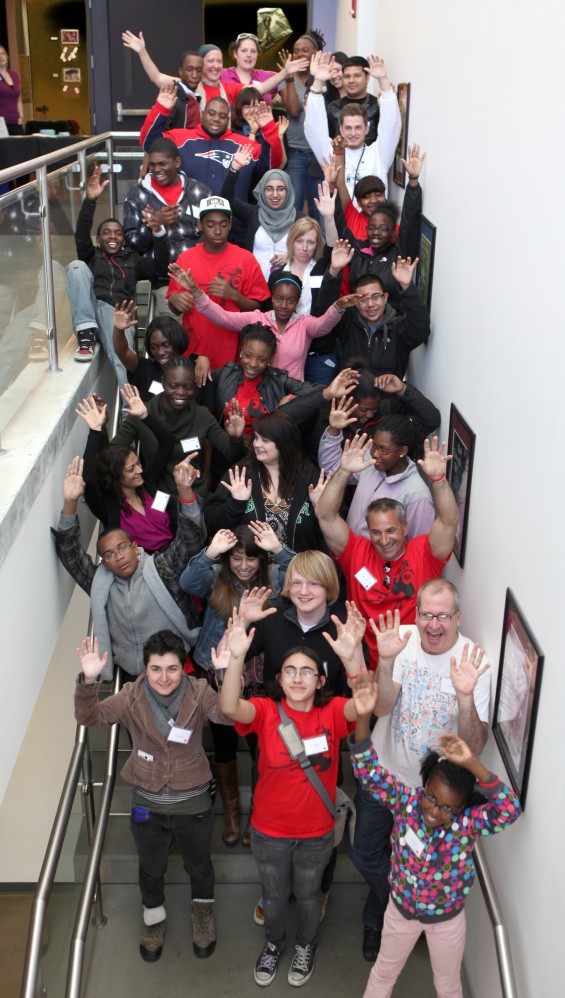
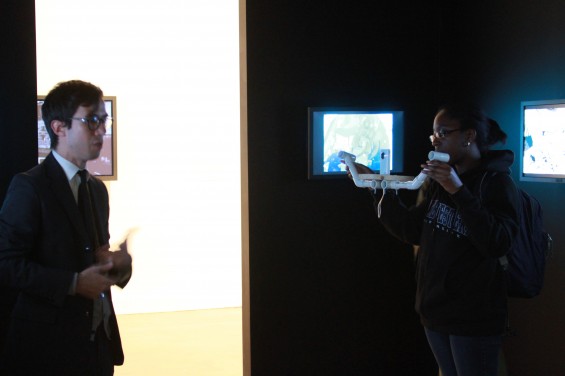
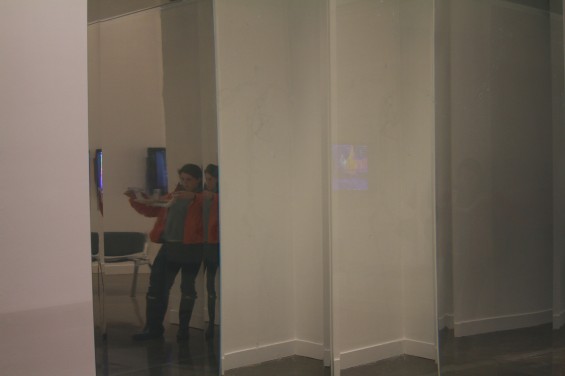
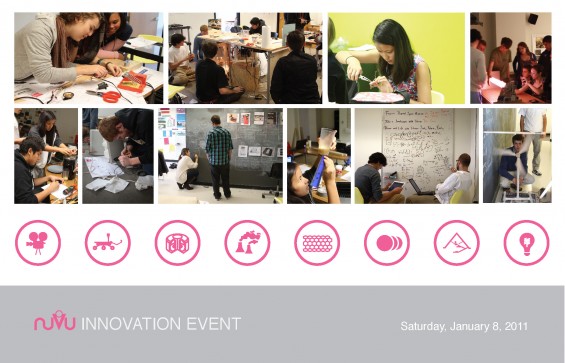
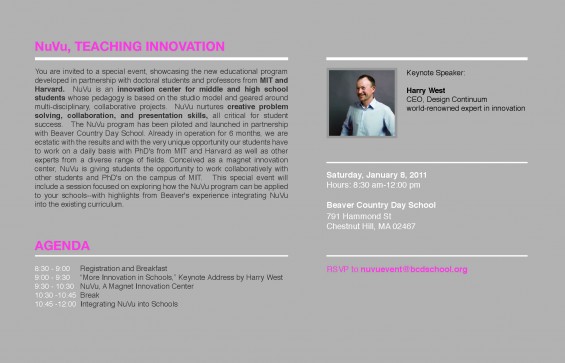
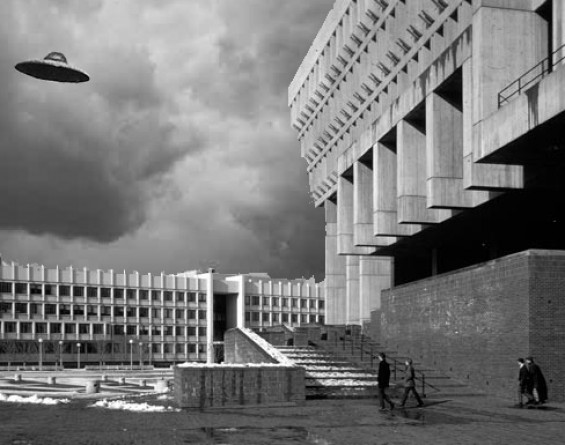
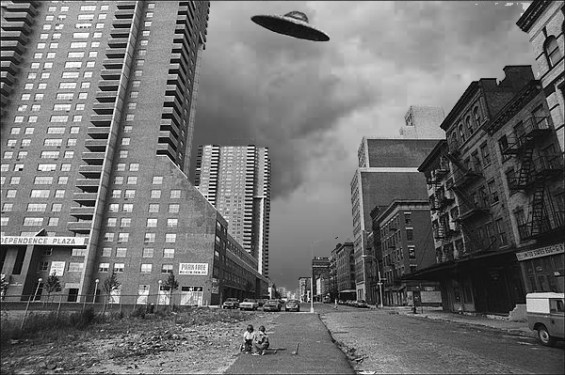
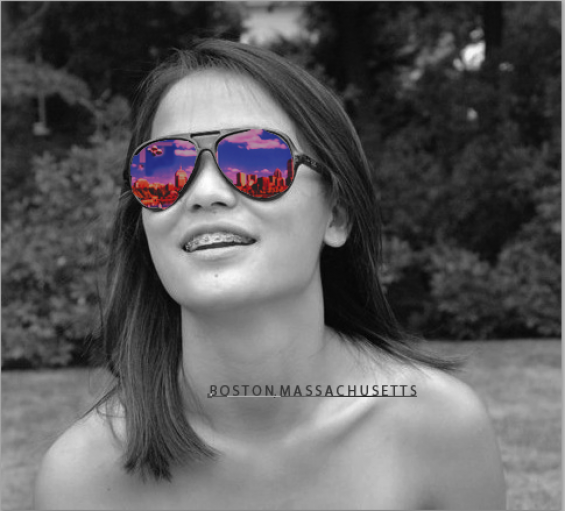
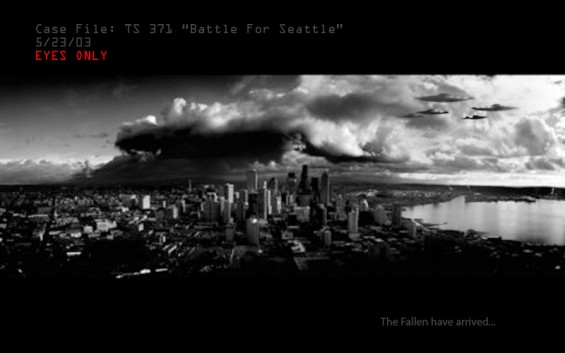
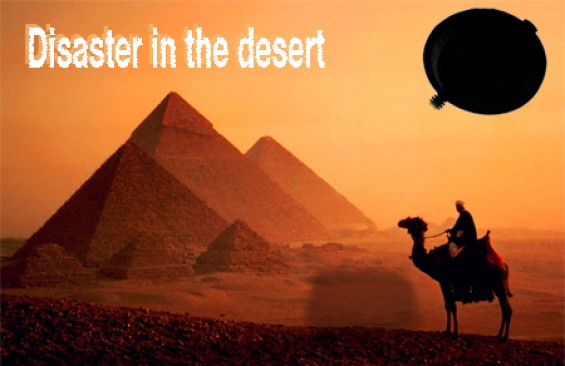
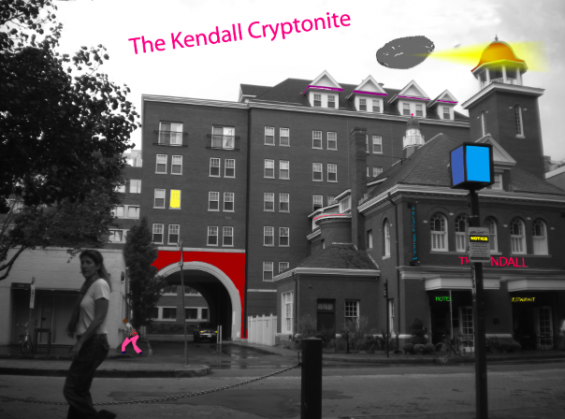

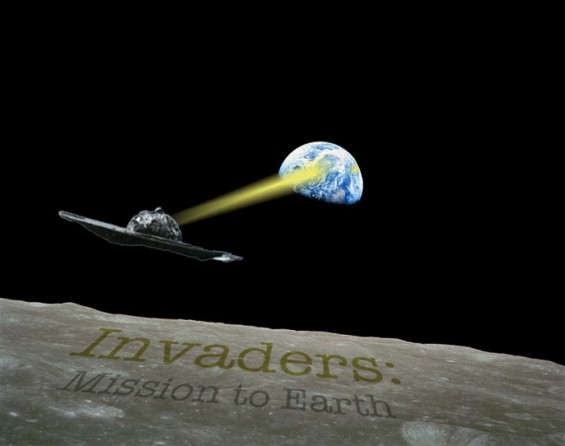


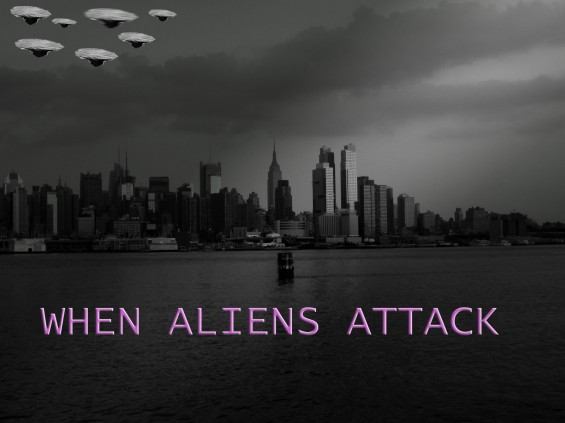
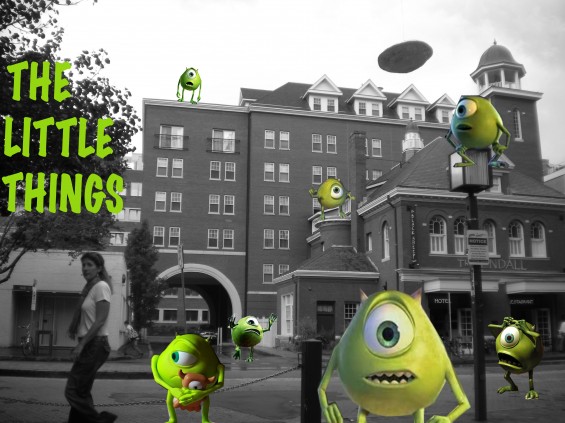

Registration is open for the Fall Trimester at NuVu! Send an email to NuVu@nuvustudio.org for more details on signing up for the academic school year or a trimester.
During the fall term, NuVu students will explore the notion of MOBILITY in its broadest sense. They will build telepresence robots, electric cars and bikes, and prosthetics. They will imagine what the future of urban mobility would look like.
Have you wondered what the future of cars is going to be? Will we be all using small airplanes to move between places? Would fast trains become the de facto means of transportation? Despite being an amazing mobility device, why did the Segway fail to gain the traction everybody thought it would? Does that reflect a failure on behalf of cities to adapt to new means of transportation? What is all the rave about Tesla electric cars? How did it reach the size of a half GM?
Students will learn the answers to these questions at NuVu. Please register via email to NuVu@nuvustudio.org
We had a very eventful and exciting day. As part of the "Alternative Energy" studio, we visited a few of MIT energy-related programs. We started by visiting the CO-GENENERATION plant, then we talked with Nick Gayeski, a PhD in Building Technology about his research. we capped the day by visiting the Fusion Center.

The combustion turbine

Very complicated inside!

The control room

We spent the next hour at Nick's lab talking about his dissertation research on low-lift cooling technologies. His research is done in collaboration with MASDAR, a new city in Abu Dhabi that will rely entirely on solar energy and other renewable energy sources, with a sustainable, zero-carbon, zero-waste ecology. Nick's research focuses on the consumption side. Since the climate in Abu Dhabi is very hot, most of the energy goes into cooling the buildings. As his research indicates, the potential of low-lift cooling savings is as much as 75% of cooling energy. To achieve this, Nick is using multiple technologies, such as variable speed chiller, radiant cooling, monitoring with system identification, and optimal predictive control.


For the afternoon session, we visited the 


The crane that is used to take apart the reactor before every experiment

The heavy door that separates the reactor from the rest of the building

The monitor room

